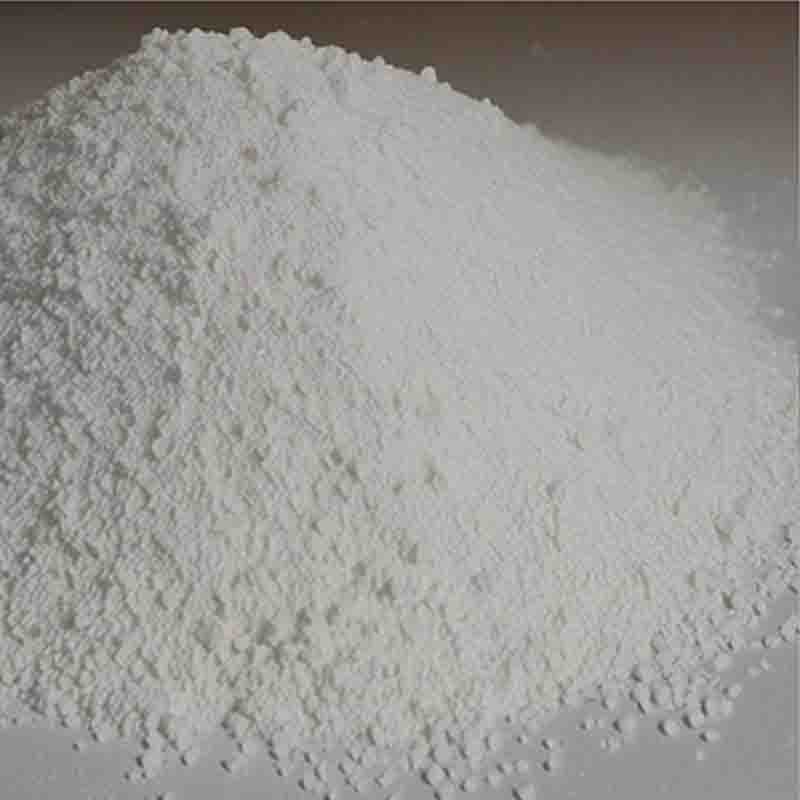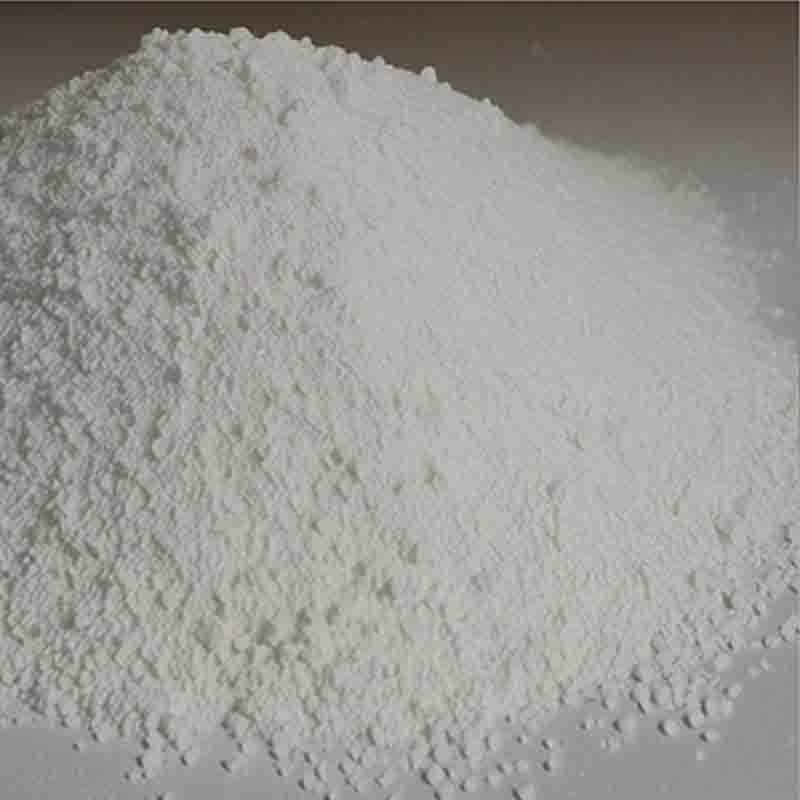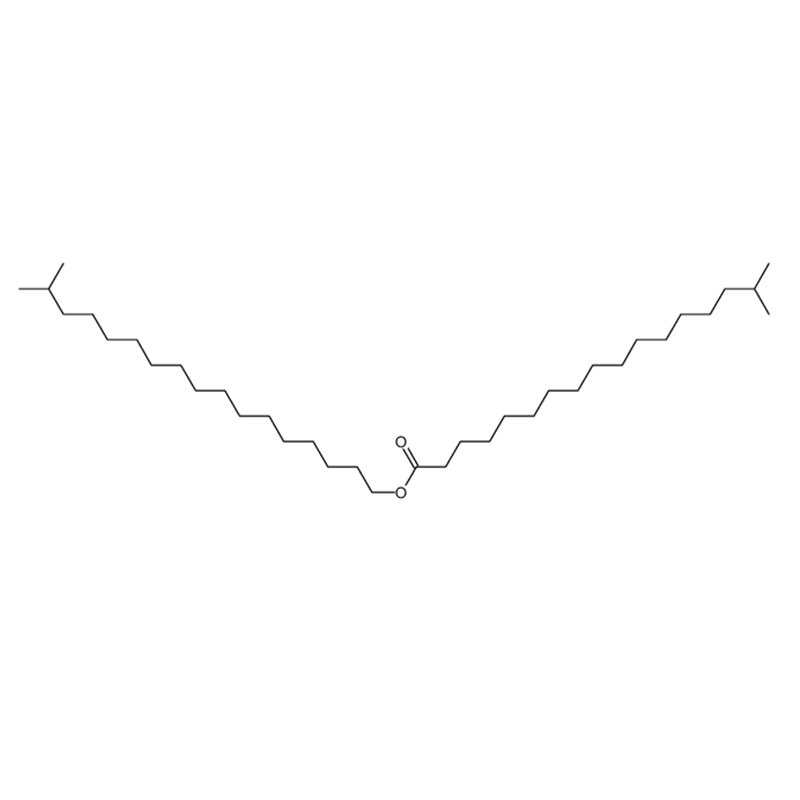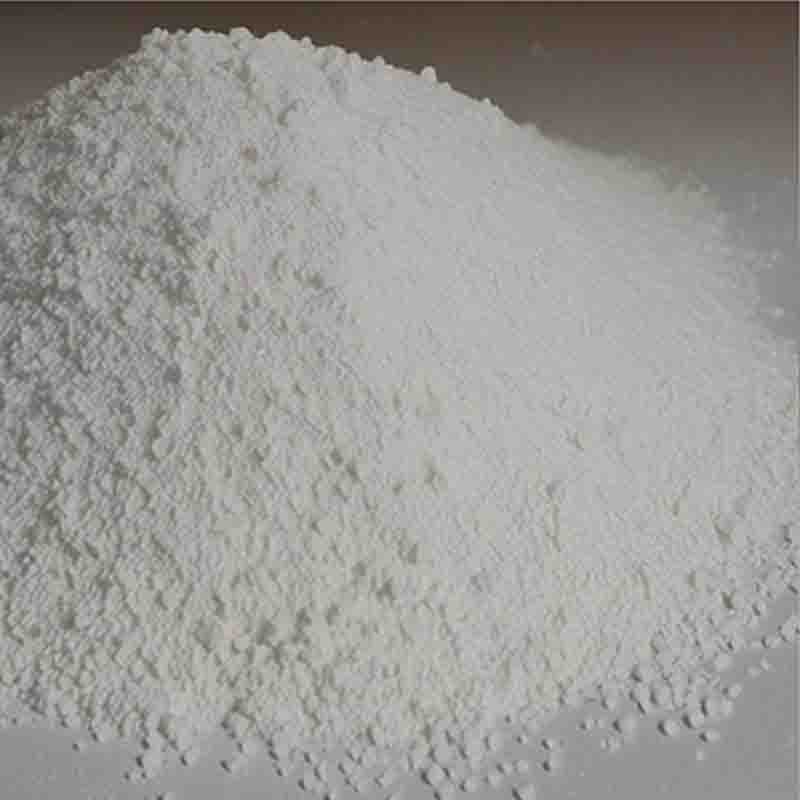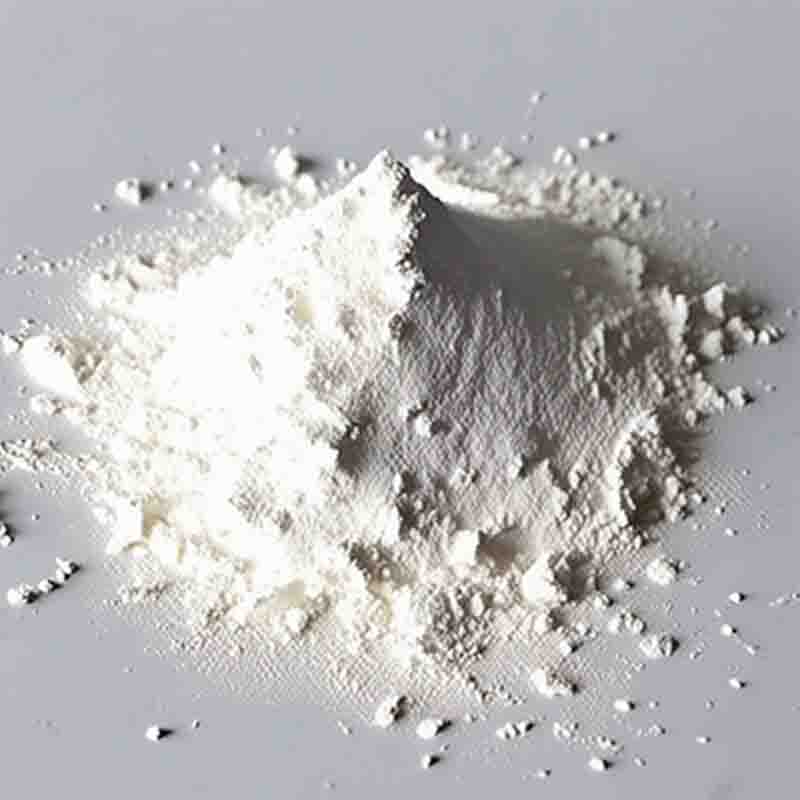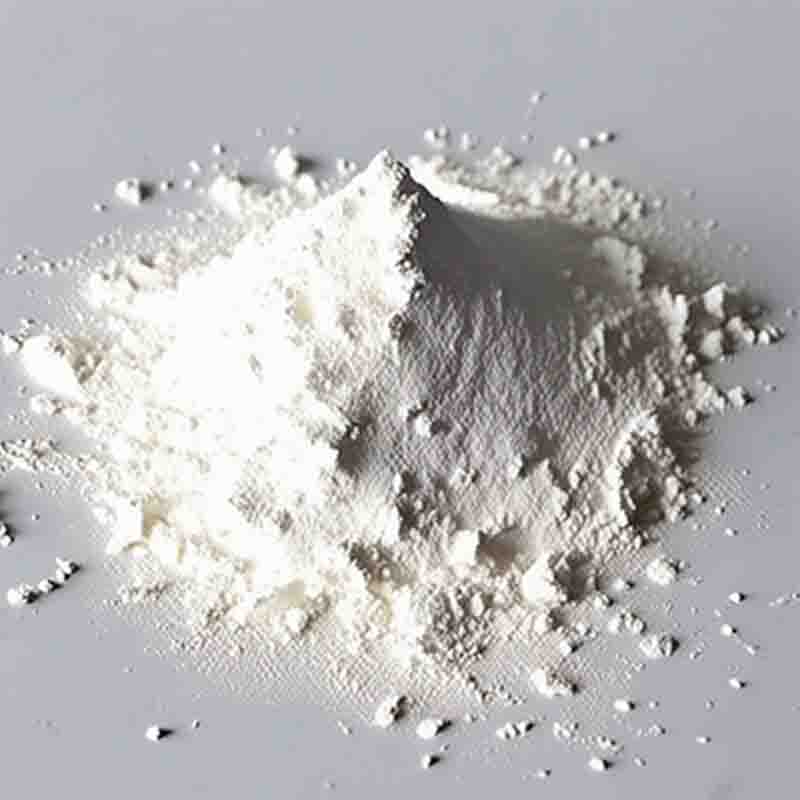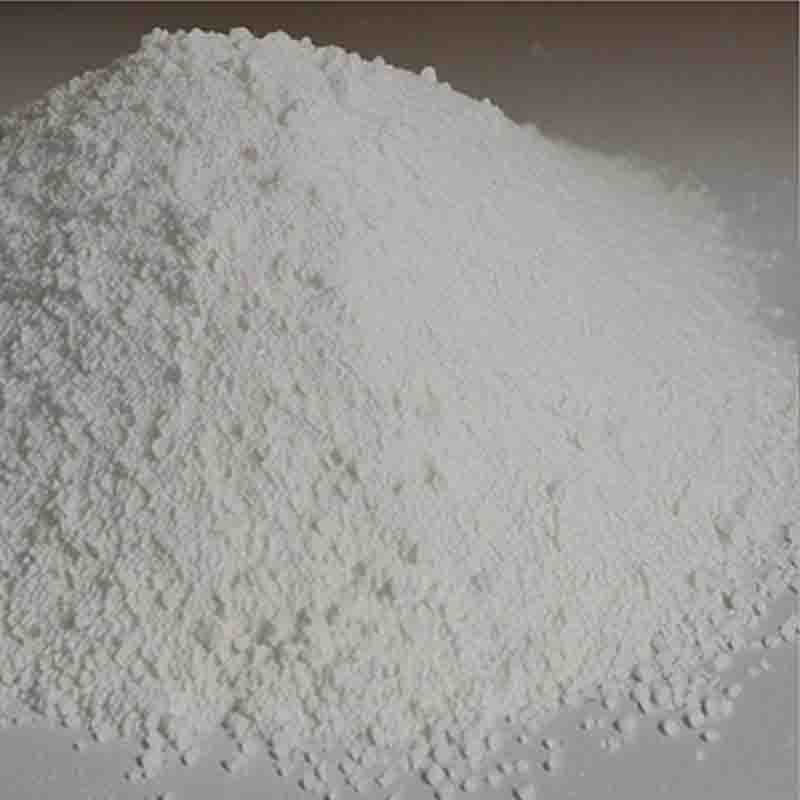3-Hydroxybenzaldehyde CAS:100-83-4
| Catalog Number | XD95471 |
| Product Name | 3-Hydroxybenzaldehyde |
| CAS | 100-83-4 |
| Molecular Formula | C7H6O2 |
| Molecular Weight | 122.12 |
| Storage Details | Ambient |
Product Specification
| Appearance | White powder |
| Assay | 99% min |
3-Hydroxybenzaldehyde, also known as salicylaldehyde, is a chemical compound that has been researched for its effects and applications in various fields. Let's explore its effects in detail:One of the main effects of 3-hydroxybenzaldehyde is its antioxidant activity. It has been found to scavenge free radicals and inhibit oxidative stress in cells. This antioxidant property makes it potentially useful in protecting against various diseases and conditions related to oxidative damage, such as cardiovascular diseases, neurodegenerative disorders, and certain types of cancers. Additionally, 3-hydroxybenzaldehyde has been studied for its potential anti-inflammatory effects, which can further contribute to its protective properties against oxidative stress-related ailments.Another effect of 3-hydroxybenzaldehyde is its role as an antimicrobial agent. It has been shown to exhibit antimicrobial activity against a broad spectrum of bacteria, fungi, and viruses. This antimicrobial property makes it a potential candidate for the development of new therapeutic agents, particularly in the field of antimicrobial drug discovery. Moreover, 3-hydroxybenzaldehyde has been studied for its ability to inhibit biofilm formation, which could have implications in preventing bacterial infections and improving the efficacy of antimicrobial treatments.Furthermore, 3-hydroxybenzaldehyde possesses antiproliferative or anticancer properties. It has been investigated for its ability to inhibit the proliferation of cancer cells and induce cell death through various mechanisms, such as the regulation of cell cycle progression, induction of apoptosis, and suppression of tumor cell invasion and metastasis. These anticancer effects make it a potential candidate for the development of novel chemotherapeutic agents.It is worth noting that the biological effects of 3-hydroxybenzaldehyde can vary depending on its concentration, administration route, and the specific cellular context. Further research is needed to fully understand the mechanisms of action and potential therapeutic applications of this compound.In summary, 3-hydroxybenzaldehyde exhibits antioxidant, antimicrobial, and antiproliferative effects. Its antioxidant activity suggests a potential role in protecting against oxidative stress-related conditions. Its antimicrobial properties make it a candidate for the development of new therapeutic agents, while its anticancer effects hold promise for the development of novel chemotherapeutic approaches. Further research is required to fully explore and harness the potential of 3-hydroxybenzaldehyde in various fields, including medicine, pharmacology, and biotechnology.


